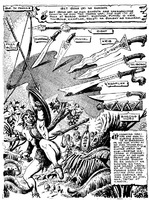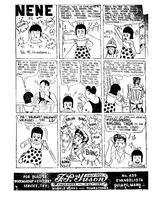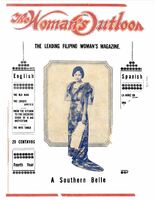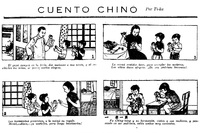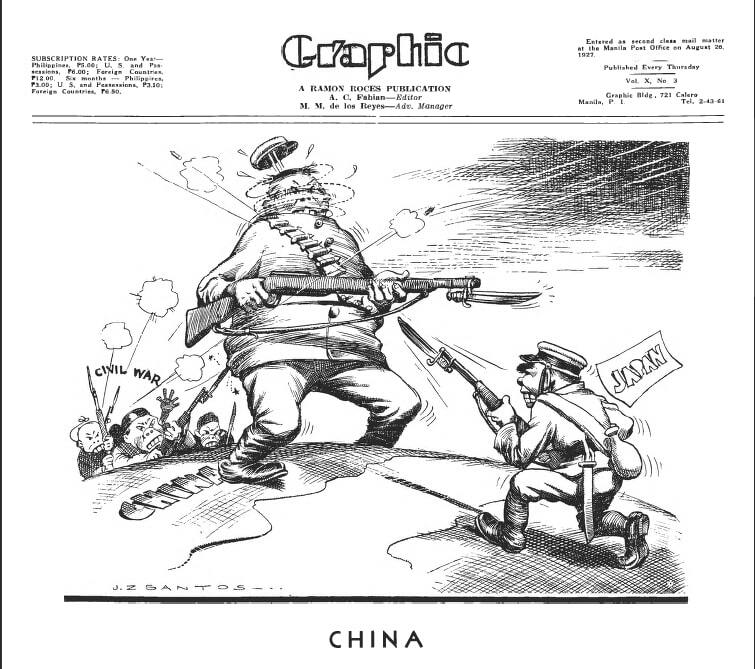
China between civil war and Japan
One of the most interesting elements of Graphic was its illustrations. The edition of the 2 July 1936 opened with a comment on China illustrated by J. Z. Santos which warned of the dangers of disunity when faced by an exterior foe. The article also suggested that in those situations the instinct of self-preservation could also unite the people, as it had in two countries (supposedly) humiliated after the World War that managed to recover the respect of the nations “rulers of the world”: fascist Italy and Nazi Germany.Graphic argued that the Chinese were trapped in a debilitating civil war that allowed Japan to dismember China and destroy its sovereignty. The interest in fascism, together with its respect for national sovereignty, suggests that, for Graphic, China could be able to defend her territorial integrity and rights by jolting into a strong national bond, that means, via an effective nationalism. Otherwise, as the image suggested, the giant that China had been in Asian history would fall to Japan and to her own people. In 1937 that nationalism shared by all countries mentioned would lead to World War II, of which the long invasion of Manchuria in 1937 was a warning.
-
Fecha
-
1936-07-02
-
Fuente
-
Santos, J. Z. “China.” Graphic, vol. X. num. 3, 2 July 1936, p.1. In Open Access Repository @ UPD.
-
Relación
-
Jordan, Donald A. 1987. “The Place of Chinese Disunity in Japanese Army Strategy during 1931.” The China Quarterly 109: 42–63.
Paine Sarah Crosby Mallory. 2014. The Wars for Asia 1911 - 1949. New York: Cambridge University Press.
Wilson, S. 2001. Rethinking the 1930s and the “15-Year War” in Japan. Japanese Studies, 21(2): 155–164.
Young, Louise. 2017. “When Fascism Met Empire in Japanese-Occupied Manchuria”, Journal of Global History 12 (2): 274–96.
-
Editor
-
Item held at University of the Philippines Diliman and University of Antwerp VLIRUOS Rare Periodicals Open Access Repository
-
Colaborador
-
Emilio Vivó Capdevila
-
Idioma
-
English


